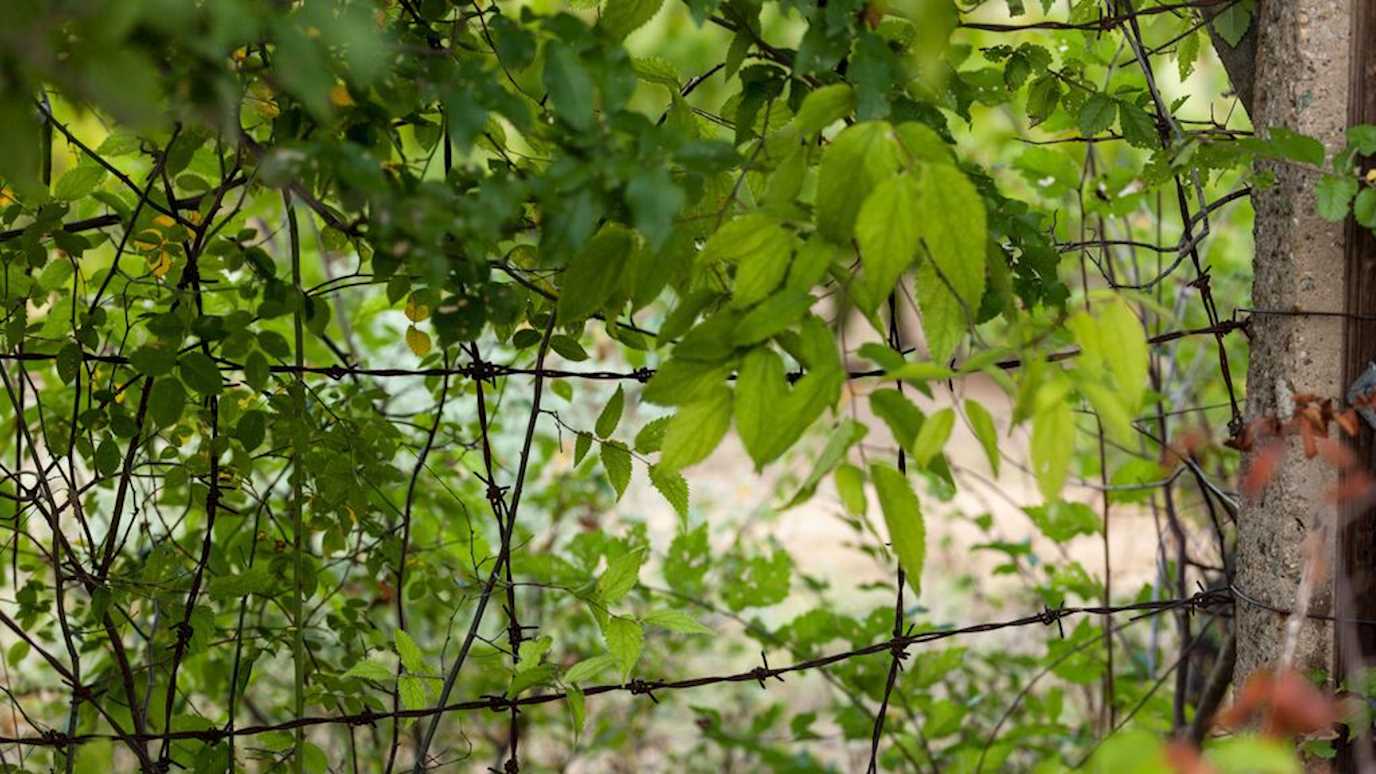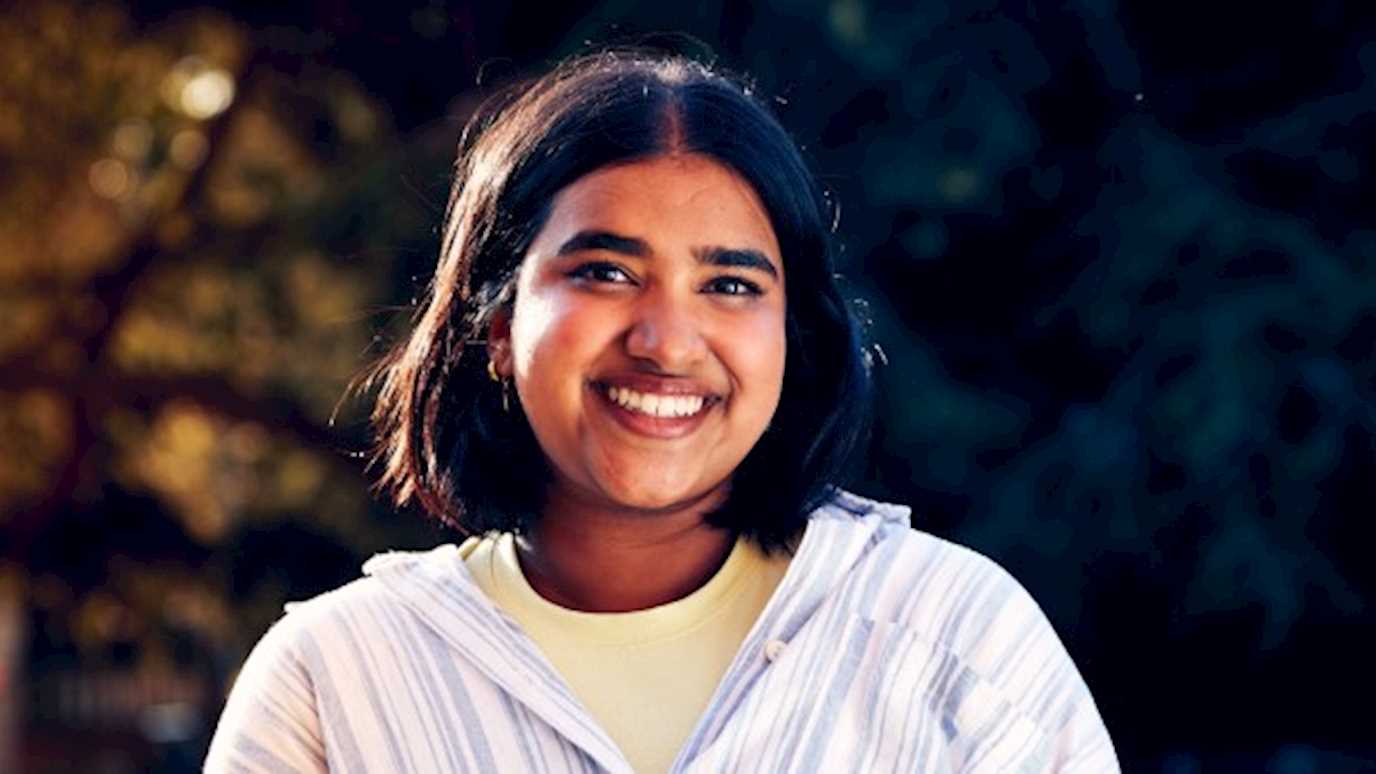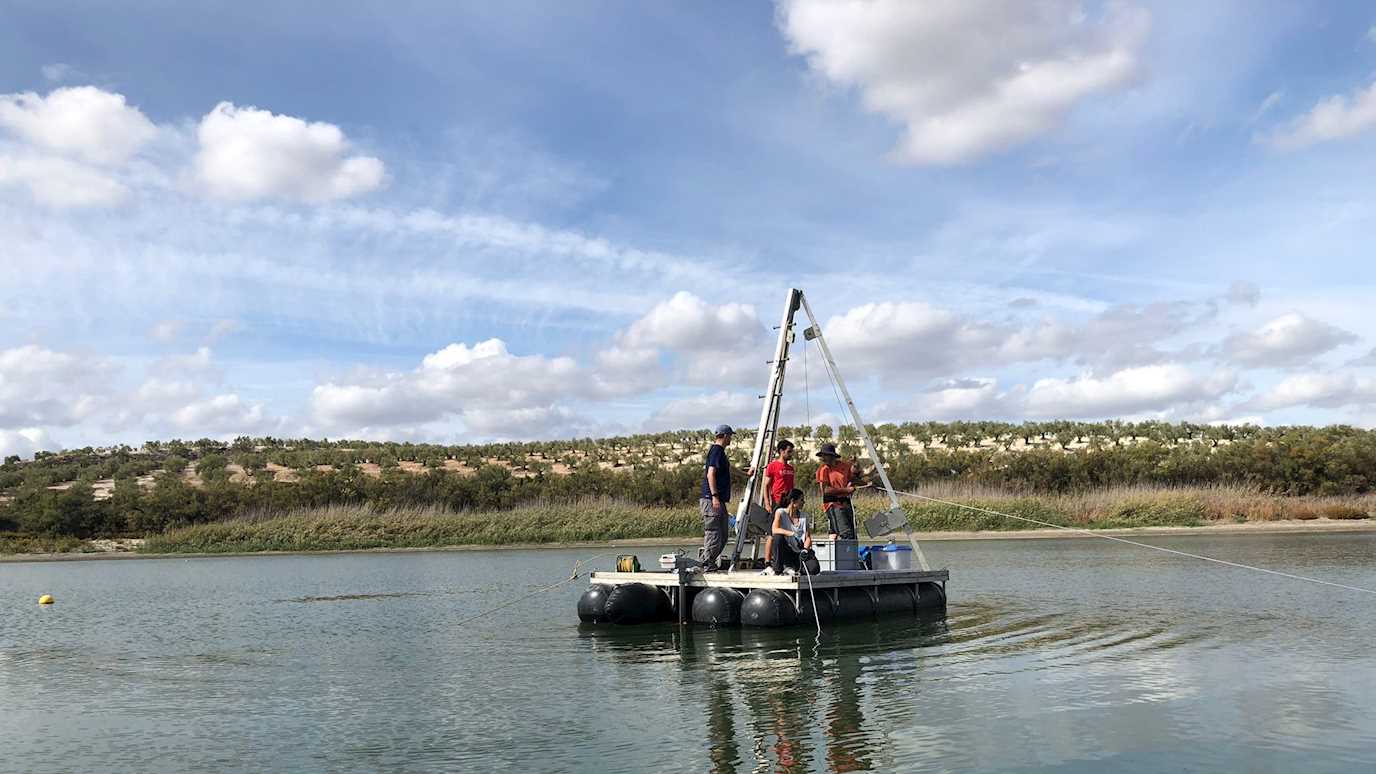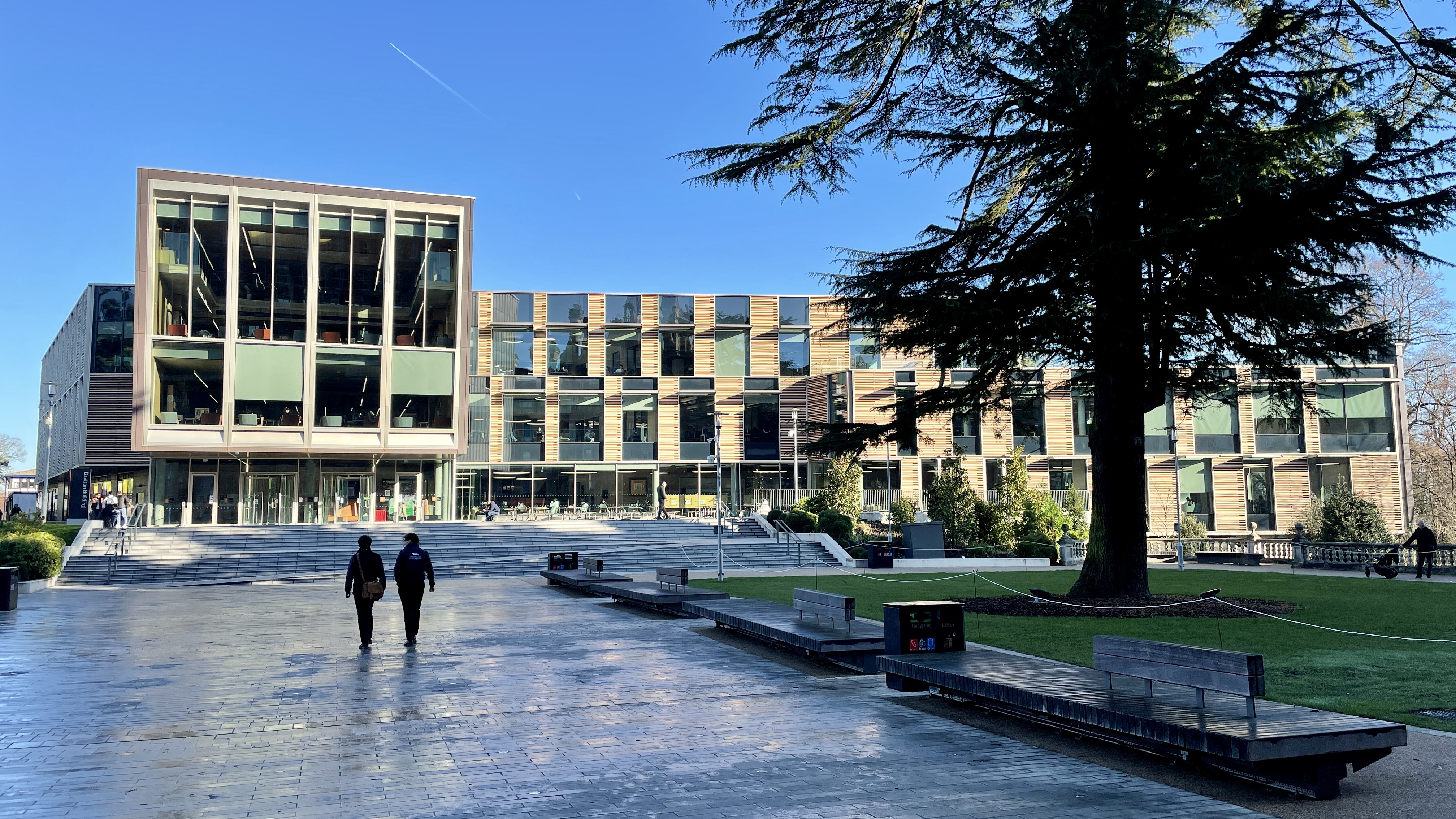Using new technologies like VR and 3D modelling, a new collaboration between Royal Holloway and Durham University allows people everywhere to explore some of the world’s most hazardous regions, from former war zones to rebel held territory.

Portraits of No Man’s Land, launched on Google Arts & Culture, is a unique and immersive online experience which takes visitors on a journey through areas including the UN Buffer Zone in Cyprus, areas of Colombia held by guerrilla forces, as well as French villages abandoned during World War One.
A team of researchers worked closely with local communities in these three countries, documenting their stories using innovative technology and the curation of rare archival materials.
Deep in the Colombian jungle, the team produced a 3D model that allows users to explore the former home of FARC rebel leader, Mono Jojoy, in unprecedented detail. The team produced the first ever 3D model of an aeroplane abandoned on the tarmac at Nicosia International Airport, Cyprus, now locked inside the UN-controlled Buffer Zone. The team also identified one of the first images of the No Man’s Land between the trenches of WWI - taken by a Scottish nurse, Mairi Chisholm.
This is the first attempt to extensively document the lives of ordinary people in No Man’s Land. In the Western Amazon, once a war zone and now a site of a climate emergency, the team collected the stories of local farmers. In another story, the team worked with a Cypriot author and political activist who cycles through the barriers that divide the city of Nicosia, transcending in her own way the conflict that splits the island.
These stories of hardship and hope underline the urgency of research in this area and the importance of bringing these stories to a global audience. By entering into these otherwise locked environments, audiences can now directly confront some of the most urgent challenges of the 21st Century, from climate change to violent conflict.
The team has utilised a range of cutting-edge technologies to tell these interactive stories through new mediums. This includes Virtual Reality (VR) - using a 360 degree immersive video camera, which was loaned to Durham University as part of the collaboration by Google Arts & Culture; Photogrammetry, ultra-high resolution Gigapixel photography and high resolution Ambisonic 3D audio capture.
Project co-lead, Dr Alasdair Pinkerton, Reader in Human Geography at Royal Holloway, said: “No man’s lands have a 1000-year history, but the forces shaping our lives are accelerating their appearance around the world and amplifying the geopolitical challenges they pose.
“The Portraits of the No Man’s Land project gives users the chance to experience the everyday challenge of no man’s land, guided by people and communities who live and work there.”
Fellow co-lead Dr Noam Leshem from Durham University, added: “No Man’s Land is not just a relic of the past. The stories we document highlight the urgent challenges we face today, from violent conflict to climate change. The project enables others around the world to access regions that remain locked behind barbed wire and minefields.”
The project’s Immersive Experience Director, Elliot Graves, said: “With the recent emergence of pioneering immersive technologies, this project allows us to use new mediums to tell stories and connect with audiences. We want to put the viewer in control, allowing them to explore, navigate and interact with the stories in a way that is personal and relatable.”
Suhair Khan, Google Arts & Culture said: “We are thrilled to have partnered with the teams at Durham and Royal Holloway universities to showcase their work and research on the concept of No Man’s Land. The use of the 360 degree video capture has also helped bring new insights into these stories, using VR to provide a new perspective into life on the very edge of the defined boundaries of both space and history.”























